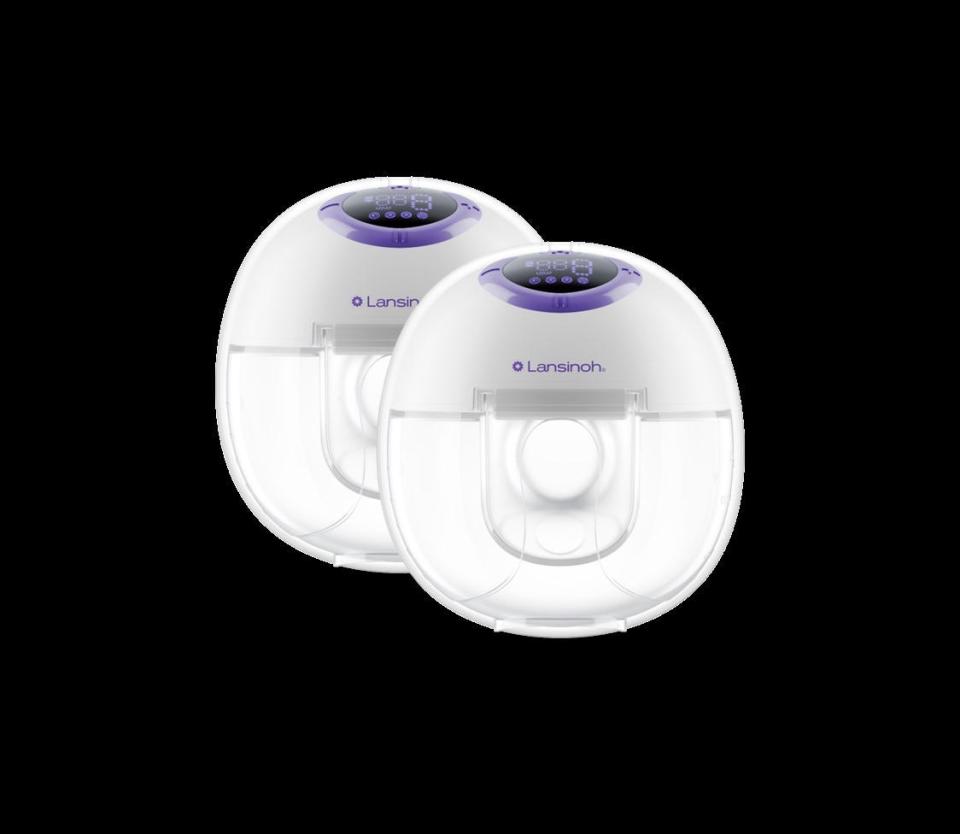What’s Hot – Insurance Access for Wearable Breastfeeding Pump
Breastfeeding isn’t always accessible, even for families that prefer that option. A new wearable pump from Lansinoh, the DiscreetDuo, is designed to help bridge that gap, becoming the first-ever wearable pump available for free without an upgrade fee through most insurance plans, including Medicaid, via a durable medical equipment provider.

Why does that matter? According to statistics provided by Lansinoh, one out of every four new mothers in the U.S. goes back to work two weeks after giving birth. And according to the Centers for Disease Control and Prevention (CDC), more than 40 percent of people who gave birth in 2021 were on Medicaid.
Molly Peterson works for Lansinoh and is also a certified lactation counselor.
“A lot of moms have a high intention of continuing to breastfeed when they go back to work, but they meet obstacle after obstacle,” she said. “They are trying to make it fit in, especially when you're looking at people who are not in office jobs – who are in the service industry or retail or nurses or teachers who don't have dedicated spaces for pumping within their workplaces.”
The wearable pump is hands-free and can fit inside a nursing bra.
“We actually had a mom the other day who left a review who said she used it while she was grocery shopping, which I think is just the peak of multitasking moms,” Peterson said.
For some families, pumping can help remove obstacles to breastfeeding. Peterson offered tips to get started, whether or not mom knows she plans to pump.
“If at all possible, ideally, mom would be able to establish her milk supply with baby at the breast,” Peterson said. “Babies are going to be most effective at telling mom's body how much milk to make. If that is the case, then what I would recommend is that a week to two weeks prior to having significant time away from baby, whether it's going back to work, school, whatever it might be, you start incorporating pumping into your routine.”
For the first pumping session, Peterson said mom might breastfeed baby and then pump half an hour later, to get used to the pump and how to assemble it and to find what settings are comfortable.
If mom is not able to start by feeding at the breast, Peterson recommends starting with a hospital-grade pump while still in the hospital, if possible.
“Once that's established, then switch over to her personal pump that she's going to want to use going forward and then pumping on a regular schedule of about every two to three hours for about that first month,” she said. “Once her supply regulates and she's figuring out, how much baby's eating versus how much she’s producing, she can kind of adjust her pumping schedule as needed.”
What feeding looks like is different for every family.
“I think that a lot of times moms feel like having a new baby or breastfeeding or anything about being a mom – it has to look one way,” Peterson said. “That's my biggest advice that I try to give moms is that it's not anybody else's experience, except for you and your baby. Whatever you're able to make work for you and your family is the right thing to do. It doesn't have to look like you feeding at the breast, it doesn't look to have to look like you pumping gallons of milk. It doesn't have to be any of those things. It's whatever works for you and your family to make sure that your baby and you are as healthy and happy as possible.”
Learn more about Lansinoh’s DiscreetDuo pump and no cost insurance access at lansinoh.com/pages/discreet-duo-aeroflow. The pump is rechargeable, hands-free and has four pumping modes and nine suction levels. Cups hold up to six ounces. It comes with a 24 mm flange and a 21 mm reducer. Other sizes are available through Lansinoh’s customer care.
This article originally appeared on Greenville News: What’s Hot – Insurance Access for Wearable Breastfeeding Pump

